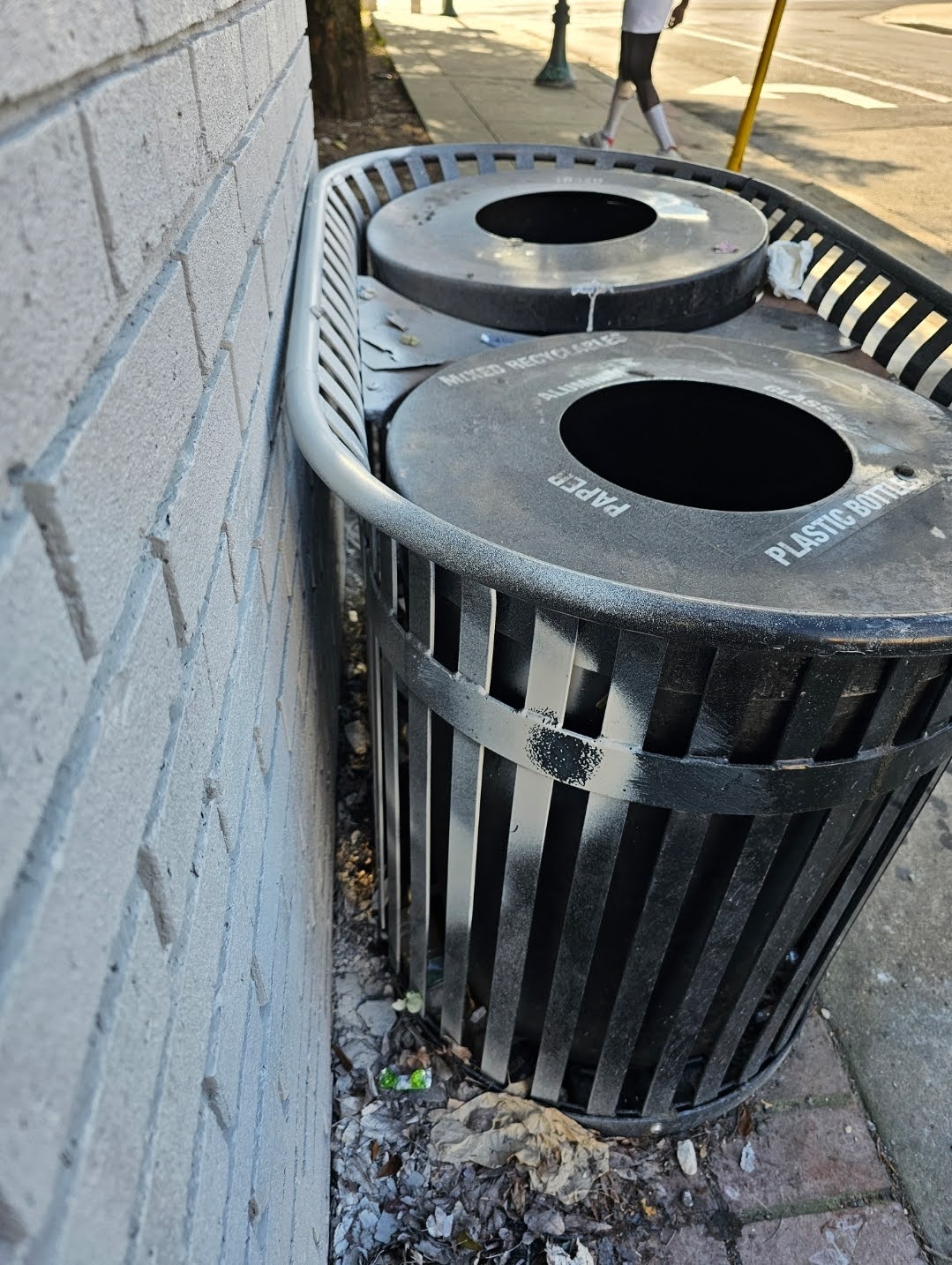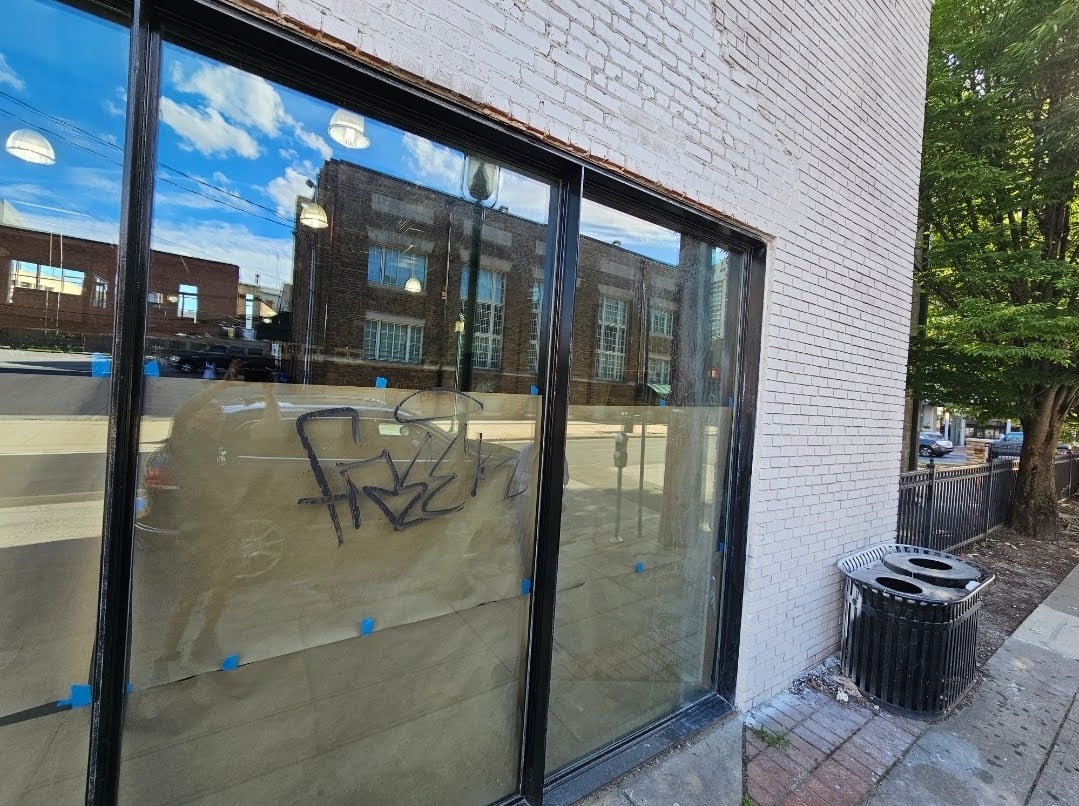Raked Masonry Joints for Clean and Defined Brickwork
There’s several different types of masonry bonds. A bond is the pattern in which the masonry is laid. In most cases, the context of a masonry bond applies to solid brickwork. In some cases though just for decorative purposes the bond can also be applied to hollow brick and even to blockwork or stonework when the stone work is ashlar and in rare cases. Almost all of the historic buildings here in Washington DC are built with a particular bond. That bond is important for structural brick because it has implications for structural integrity.
There are a handful of bonds that are particularly common here in Washington DC. The building below shows an example of a running bond. This is one of the simplest and most boring of all bonds. It’s just one brick next to the next on top of and below a brick that joints or splits a joint in the middle. For example, in this common bond, the center of every brick has a joint between two other bricks above and below.
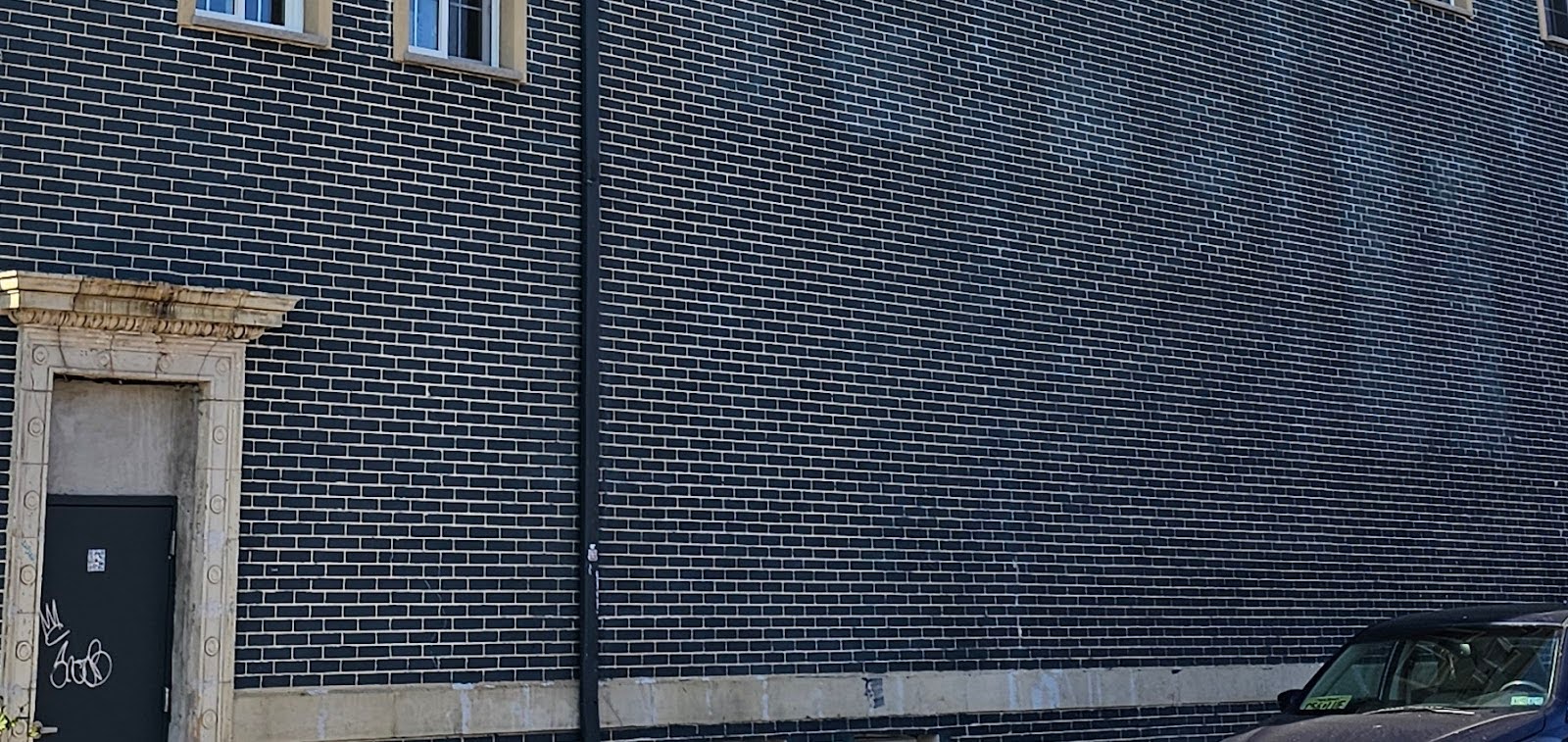
The next picture below shows an example of a Flemish bond. This is also a very prolific bond here in Washington DC. It’s not that it’s necessarily popular today, but at the time of the construction of many of the historic buildings here in Washington DC, this was one of the preferred bonds. It has a higher degree of strength than a running bond and most people would agree that it has a better aesthetic.
The English bond was also used prolifically here in Washington, DC when the majority of these historic buildings were built, over 100 years ago. The English bond is a little bit more mundane or repetitive than the Flemish bond yet it has one of the highest strength ratings.
This particular wall has a bond that’s similar to many buildings in Washington DC. There is one main distinction though. This wall was built with a rake joint. The rake joint is similar in every other way, but is more recessed. Also, where recessed, the joint is planar. A concave joint, by comparison, has curvature. The raked joint though is pretty consistently at 90° from the horizontal plane of the building and consistent.
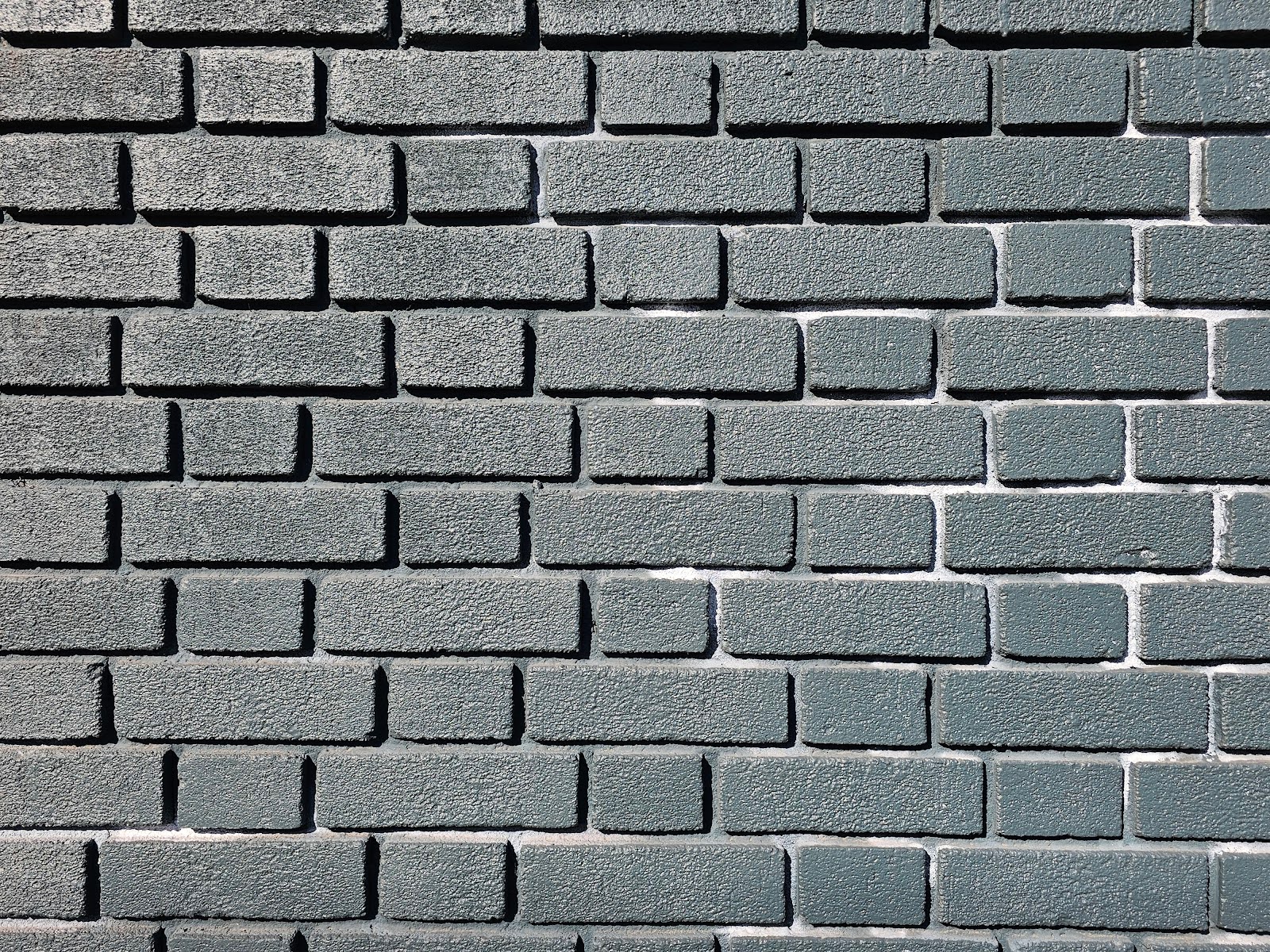
The next picture below shows this particular bond and associated mortar joint, more closely. It’s known for a very dramatic hard shadow that changes throughout the day. As the sun goes by the angle and degree of that shadow change significantly. With intense sunlight the shadow will look more dramatic and distinct.
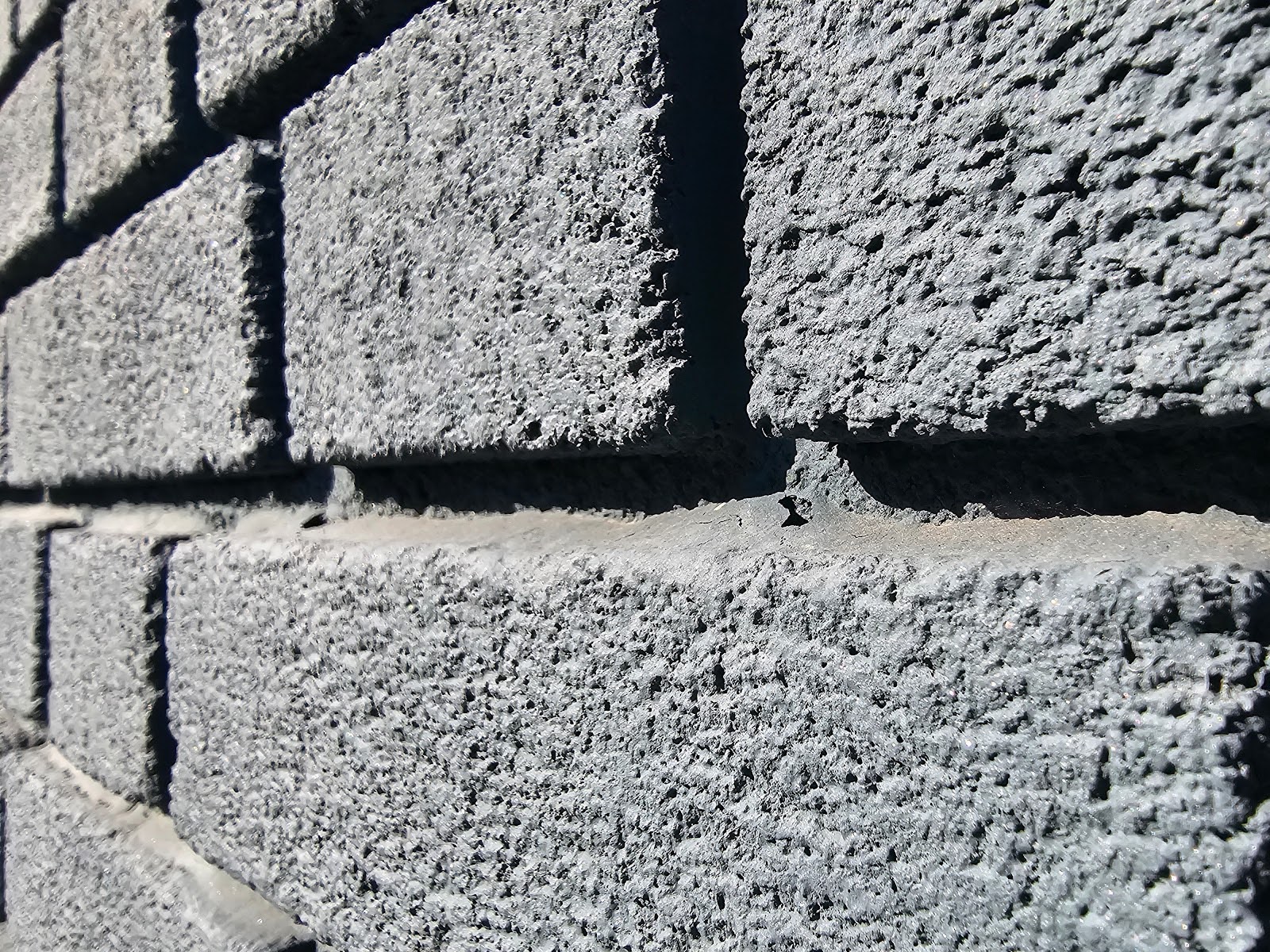
A view looking upwards, across the wall follows below. You may notice at the right hand side, the two different facades join together. The side facade is a double wythe solid brick facade. It’s actually very similar, functionally, but it’s built with a running bond instead of this Flemish bond.
It may seem very surprising that the side facade and the rear facade of the building are built with different masonry bonds. In reality though, it’s not surprising at all. In fact, the vast majority of buildings, from historic times, with historic masonry, here in Washington DC, were built with different facades. The front facades were generally different from other facades. Here, the side facade happens to be more similar to a front facade because it happens to be on a street facing.
Front facades, here in Washington DC, we’re often built with pressed bricks. Not only are the joints different in a press brick, then a common brick, but the mortar composition is also different. In fact, the pressed brick mortar was generally built with a stronger binder, with a higher density. That means it had a higher compressive strength and that was generally because it was built with a higher ratio of lime to sand. This means a lower degree of sand and higher ratio of cement sand and therefore harder mortar. The lime was The binding cement that held the motar together and gave it its cohesive and compressive resistance.
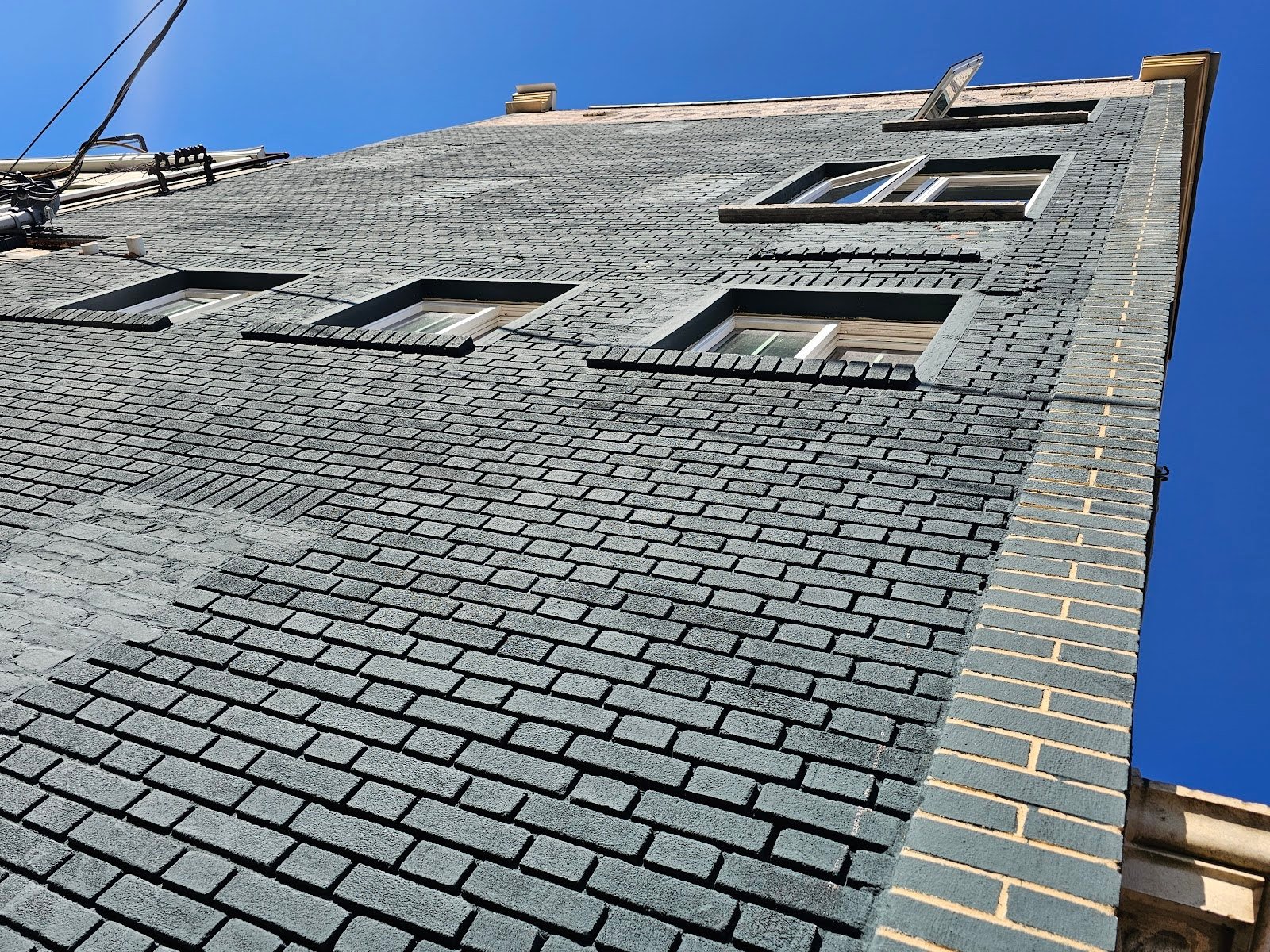
Our company, Dupont Tuckpointing and Masonry, specializes in masonry restoration, historic brick repointing, and tuckpointing services in the Washington D.C. area. These buildings are uniquely historic, and their preservation requires skilled masons who are technically trained in the best practices and knowledge of proper restoration techniques.
We understand the significance of maintaining the architectural integrity of these historic structures, and our team of experienced professionals is dedicated to delivering exceptional craftsmanship. Whether you require masonry restoration, tuckpointing, or brick repointing services, we are here to help.
At Dupont Tuckpointing and Masonry, we take pride in our work and strive to ensure that every project is executed with the utmost care and attention to detail. We are committed to preserving the rich heritage of Washington D.C.’s built environment for generations to come.
If you have any questions or needs regarding masonry restoration, historic brick repointing, or tuckpointing services, please do not hesitate to reach out to us. We would be delighted to assist you and provide you with the expertise and quality workmanship that your historic property deserves.
You can reach us by telephone at (202) 796-7644 and you can reach us by email from the contact form on our website at https://duponttuckpointingmasonrydc.com/contact-us/.

